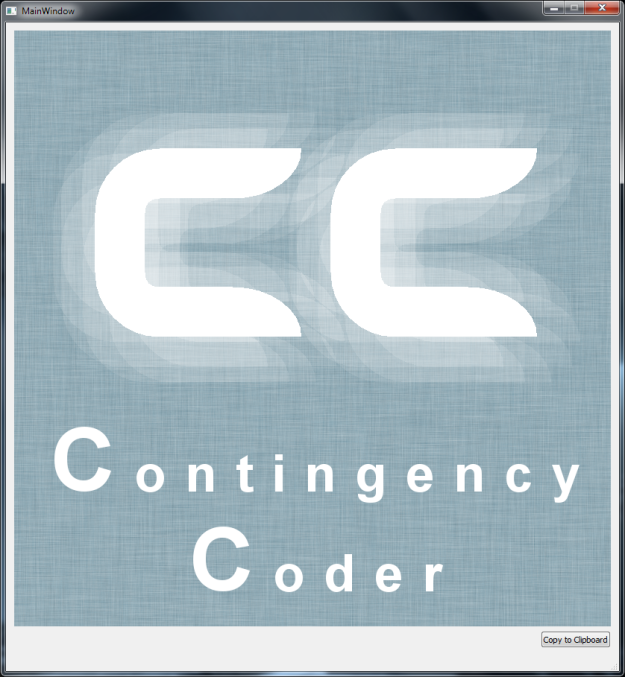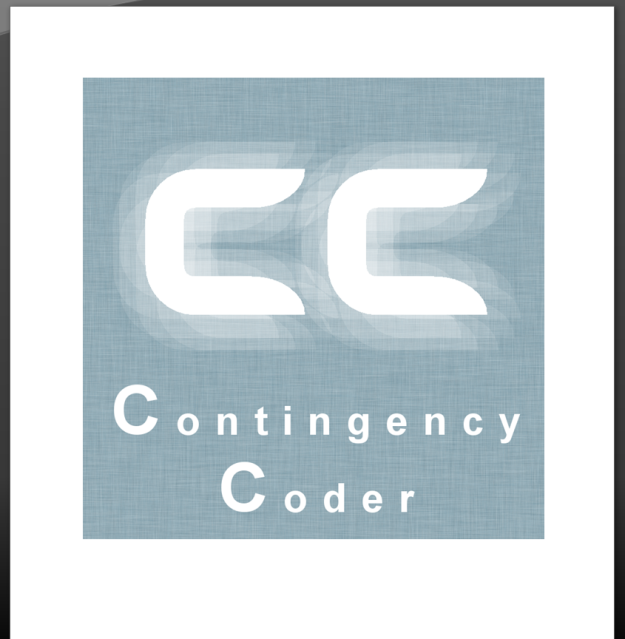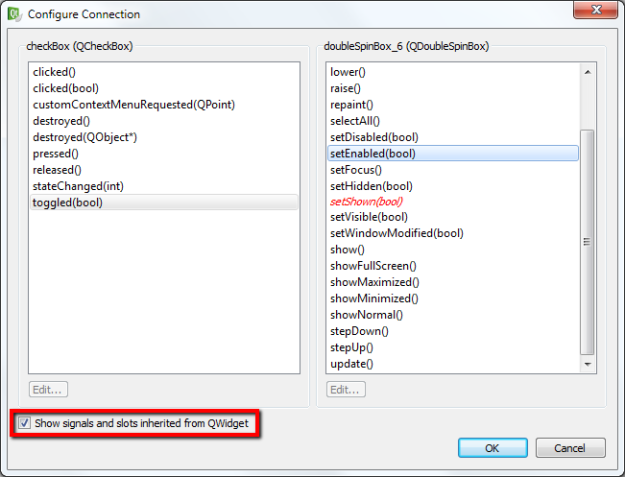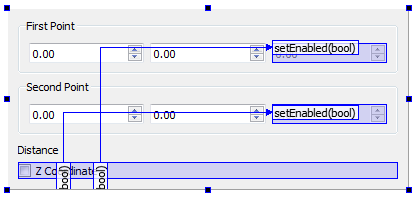My favorite new theme (for Windows applications, at least) is the Fusion theme that came with Qt 5. I was working on an application recently where the people I was making it for wanted to be able to switch between a lighter and darker theme. Luckily, the Fusion theme uses the applications color palette. I’m putting the code up on Github in a gist, but there won’t be the code to switch between the two themes. I’ll post that later as a quick tip/tutorial.
You can find the theme on Github here. Alternatively, I’m posting the code below in a collapsed code box. Feel free to make changes and submit them back on Github though! You can use this theme in all your applications, but be sure to tell me about them if you can. I’d love to see what people do with it. 🙂
qApp->setStyle(QStyleFactory::create("Fusion"));
QPalette darkPalette;
darkPalette.setColor(QPalette::Window, QColor(53,53,53));
darkPalette.setColor(QPalette::WindowText, Qt::white);
darkPalette.setColor(QPalette::Base, QColor(25,25,25));
darkPalette.setColor(QPalette::AlternateBase, QColor(53,53,53));
darkPalette.setColor(QPalette::ToolTipBase, Qt::white);
darkPalette.setColor(QPalette::ToolTipText, Qt::white);
darkPalette.setColor(QPalette::Text, Qt::white);
darkPalette.setColor(QPalette::Button, QColor(53,53,53));
darkPalette.setColor(QPalette::ButtonText, Qt::white);
darkPalette.setColor(QPalette::BrightText, Qt::red);
darkPalette.setColor(QPalette::Link, QColor(42, 130, 218));
darkPalette.setColor(QPalette::Highlight, QColor(42, 130, 218));
darkPalette.setColor(QPalette::HighlightedText, Qt::black);
qApp->setPalette(darkPalette);
qApp->setStyleSheet("QToolTip { color: #ffffff; background-color: #2a82da; border: 1px solid white; }");






